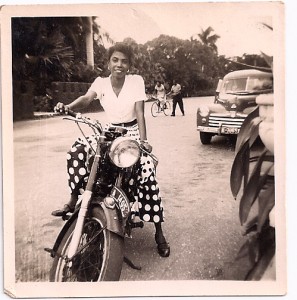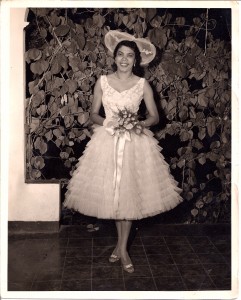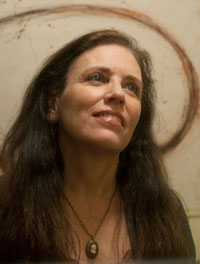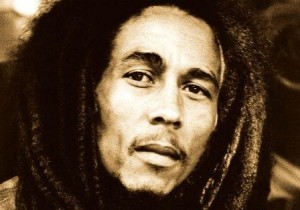I wanted to write about Florida for this edition of Cinemulatto, but I decided I can’t take any more bad news without feeling a combination of acute depression and intense rage. It’s become too much for me. So, for now I’m going to concentrate on happy things, and consider the complicated topic of people of color and environmentalism (and reference Florida in an indirect way—be sure to click the link).
Breaking it down further—Cinemulatto’s gonna tell you how the early lifestyles of my Jamaican mom and French Creole dad were greener than the bottom of a compost heap.
I know, I know….Louisiana’s not Third World. But a wooden shack with 12 kids in a backwoods swamp certainly is. We can learn so much from Sylvester Breaux’s and Dorothy Newton’s sustainable examples circa the early 1930s.
Here are 8 items that my parents’ working-class generation grew up with. They make Al Gore look like a 6-pack of aerosol hairspray. Remember when this stuff was everyday and not a hip new trend?
- Cloth items: handkerchiefs, napkins, diapers. Brawny was, as yet, nowhere near the picture.
- Glass containers and household “appliances” (like a glass churn; how did that work?).
- Hand-washed clothes, often in a large tin tub or involving a rock.
- “Farmers” markets: otherwise known as “the place where my parents’ families bought their food.”
- Gardening: a necessity, not a hobby.
- Automatic hand-me-downs: in the case of my father, 12 kids = large-scale reducing, reusing, and recycling.
- Naturally preserved foods.
- The sun: a useful item for such things as drying clothes and maintaining optimal levels of vitamin D. Too bad it’ll burn out in 6 billion years, so good thing it got replaced by food supplements and petroleum.
MULATTO OF THE MONTH: JASMINE SANDERS
Ignore the fact that she dated Chris Brown—this half German, half Black model has a tattoo that reads, “Strength is nothing more than how well you hide your pain.” This makes Cinemulatto wonder where the tattoo’s hidden. Naming Jasmine the July 2013 Mulatto of the Month is a happy thing.







